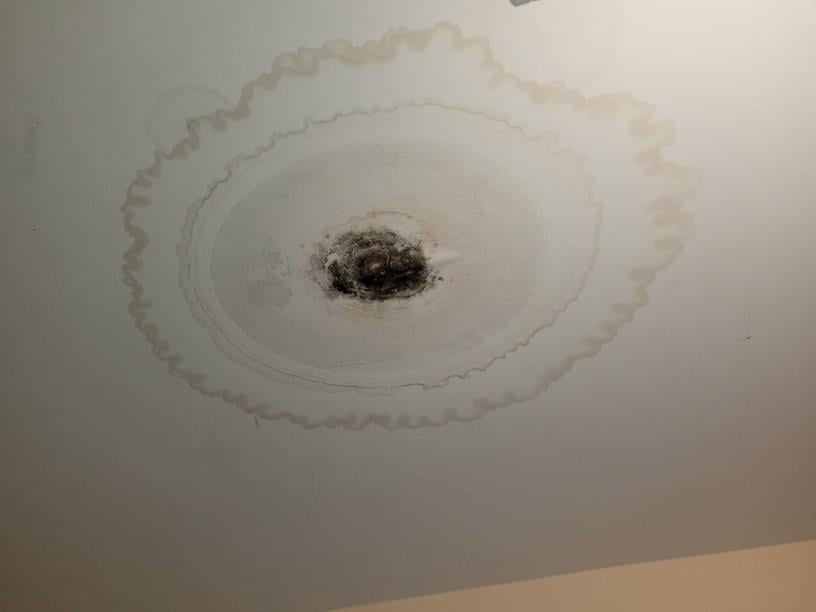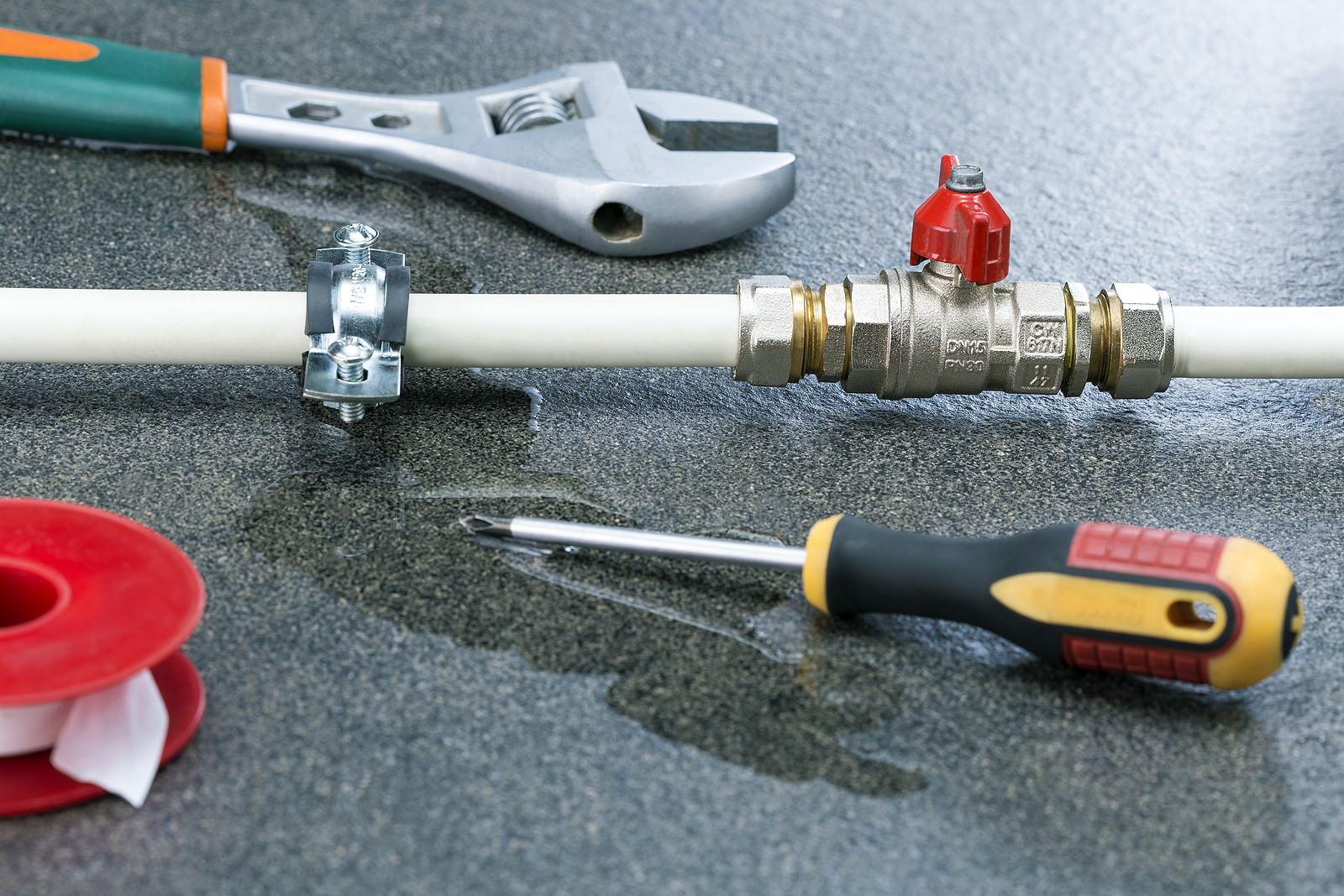Guide To Water Leak Detection In Your Home
Guide To Water Leak Detection In Your Home
Blog Article
Just how do you feel in regards to Finding hidden leaks?

Early detection of dripping water lines can minimize a potential catastrophe. Some small water leaks may not be visible.
1. Examine the Water Meter
Checking it is a guaranteed way that aids you uncover leaks. If it relocates, that indicates a fast-moving leak. This means you might have a slow-moving leak that might even be underground.
2. Inspect Water Intake
Evaluate your water costs and also track your water usage. As the one paying it, you must observe if there are any kind of disparities. If you spot sudden changes, despite your intake coinciding, it suggests that you have leaks in your plumbing system. Keep in mind, your water bill should drop under the very same range on a monthly basis. A sudden spike in your expense indicates a fast-moving leak.
On the other hand, a consistent rise on a monthly basis, despite having the exact same behaviors, shows you have a slow leakage that's additionally slowly escalating. Call a plumber to completely inspect your residential property, particularly if you feel a cozy area on your floor with piping underneath.
3. Do a Food Coloring Test
When it concerns water consumption, 30% comes from commodes. Examination to see if they are running correctly. Decline specks of food color in the container and wait 10 minutes. There's a leak between the storage tank as well as bowl if the shade in some way infiltrates your dish throughout that time without flushing.
4. Asses Exterior Lines
Do not fail to remember to check your exterior water lines too. Test spigots by affixing a yard hose pipe. Ought to water permeate out of the link, you have a loose rubber gasket. Replace this and make sure all links are limited. It will certainly aid obtain it properly checked out and also kept annually if you've got a sprinkler system. One little leakage can waste tons of water and also spike your water expense.
5. Check and Analyze the Circumstance
Property owners need to make it a habit to examine under the sink counters as well as even inside cupboards for any kind of bad odor or mold growth. These two warnings indicate a leak so prompt interest is needed. Doing regular examinations, even bi-annually, can conserve you from a significant issue.
Check for stainings and compromising as the majority of pipes and home appliances have a life expectancy. If you presume leaking water lines in your plumbing system, don't wait for it to intensify.
Early detection of dripping water lines can alleviate a potential calamity. Some little water leaks may not be visible. Examining it is a guaranteed means that helps you uncover leaks. One small leakage can lose lots of water as well as increase your water bill.
If you presume leaking water lines in your plumbing system, don't wait for it to escalate.
How to Know If Your Home Has a Hidden Leak
Water Meter Reveals Inexplicable Water Usage
If you’d like to test whether or not there’s a leak somewhere in your home, you can do this using your water meter. Here is how to conduct the test:
Don’t use any water in your home for at least 30 minutes; this also means not turning on faucets or water-using appliances.
Go outside, and check your water meter for activity.
If your water meter shows that there was activity, even though no one was using any water, this proves that there is a leak in your home.Visible Mold or Mildew Growth
Leaks behind walls create moist, dark environments that allow mold and mildew to grow and thrive. Eventually, you might see mold growth forming on the wall closest to a hidden leak.
If mold is growing in an area that receives a high amount of moisture, such as a bathroom, it may simply be an indication that better ventilation is needed. However, if you see mold growth on a wall or the ceiling in an area where you would not expect, you probably have a hidden leak.
Musty, Mildew Odor
Sometimes you might not be able to see the mold or mildew that is growing as a result of a leak. However, the smell can give the problem away just as easily. If you catch a whiff of something musty, there’s a good chance that old water is collecting somewhere in your home that you can’t see.
Stained/Warped Walls, Ceilings, or Floors
When your home soaks up water, a variety of red flags can become visible, including ceiling stains, bubbling drywall, warped walls, and sagging floors. While these issues can be caused by excess humidity, they can also be signs that a pipe or plumbing connection has started leaking behind your walls.
Inexplicably High Water Bill
After a while, you get a general sense for what your water bill should be. If you own a pool or sprinkler system, your bill will tend to be higher during summer. However, if you receive a water bill that seems especially high, and you can’t figure out what caused it, then you may have a hidden leak somewhere that’s increasing your bill.
https://www.plumbingjoint.com/blog/2019/july/how-to-know-if-your-home-has-a-hidden-leak/

I have been very fascinated by Locating water leaks and I am praying you enjoyed the entire entry. Are you aware of another individual who is fascinated by the subject? Feel free to share it. Kudos for your time. Come back soon.
Report this page